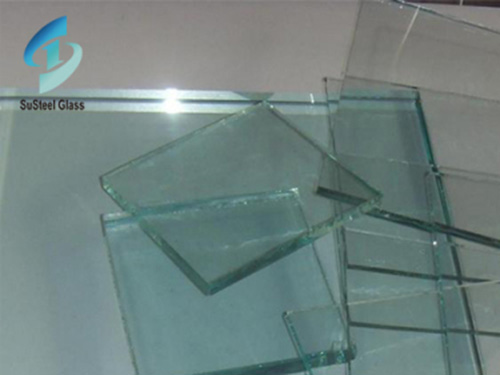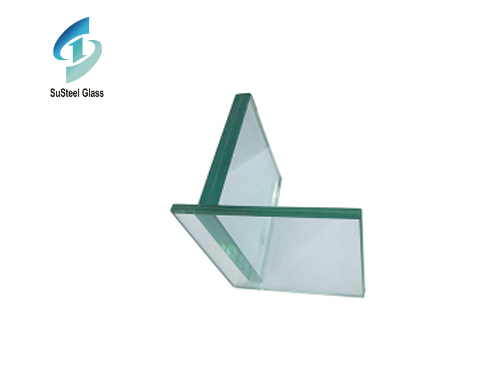Burglar resistant glass, also known as security glass or safety glass, is designed to withstand attempted break-ins and enhance the security of a building. It is constructed with layers of glass and interlayers made of materials like polyvinyl butyral (PVB) or ethylene-vinyl acetate (EVA). These layers are bonded together through a lamination process, creating a tough and durable composite material.
Laminated Construction:
Multiple layers of glass are sandwiched with interlayers to create a strong and resilient structure.
The number and thickness of the glass layers, as well as the type of interlayer used, contribute to the overall security level.
Resistance to Forced Entry:
Burglar-resistant glass is designed to withstand physical attacks, including attempts to break through the glass using tools such as hammers, crowbars, or axes.
The interlayer holds the glass fragments together, preventing easy penetration even if the outer layer is shattered.
Impact Resistance:
Provides resistance against impact from heavy objects, reducing the likelihood of penetration during forced entry attempts.
The glass may crack upon impact, but the interlayer keeps the pieces together, maintaining the integrity of the barrier.
Delaying Entry:
While not completely indestructible, burglar-resistant glass is designed to delay and deter burglars, giving occupants more time to seek help or for security personnel to respond.
Transparency:
Maintains transparency and visibility, allowing natural light to enter the building and providing an unobstructed view.
Available in various transparency levels depending on the specific security requirements.
Acoustic Insulation:
Some burglar-resistant glass products also offer sound insulation benefits, reducing external noise infiltration.
UV Protection:
Many types of security glass provide protection against harmful ultraviolet (UV) radiation, contributing to the longevity of interior furnishings and reducing the risk of fading.
Variety of Applications:
Burglar-resistant glass is used in a variety of applications, including storefronts, residential windows, display cases, and critical infrastructure where security is a primary concern.
It's important to note that while burglar-resistant glass enhances security, it is not a guarantee against determined and sophisticated attacks. The selection of security glass should align with the specific security needs of a building or facility.
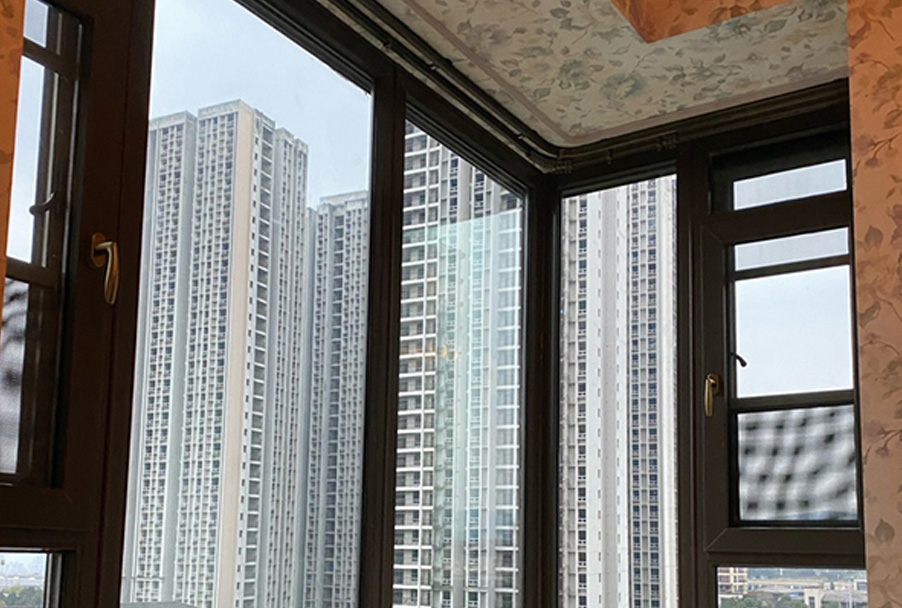


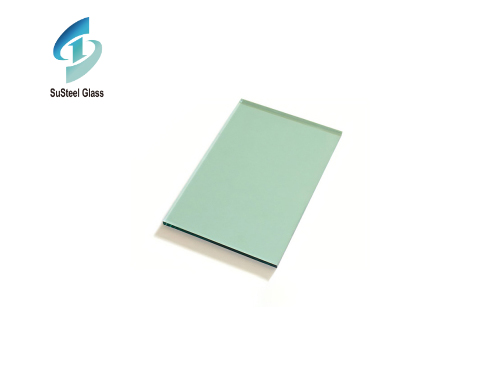 Exploring the World of Green Tinted Glass Products: Versatility and Sustainability
Exploring the World of Green Tinted Glass Products: Versatility and Sustainability
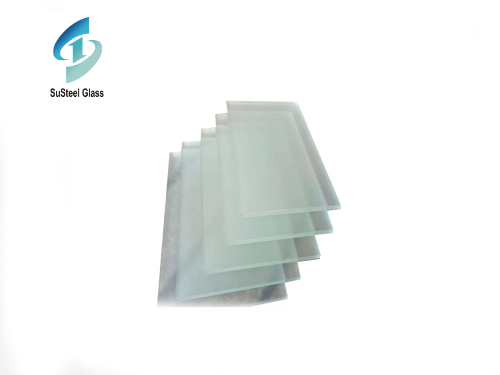 Exploring the Versatility and Elegance of Custom Thick Glass
Exploring the Versatility and Elegance of Custom Thick Glass


